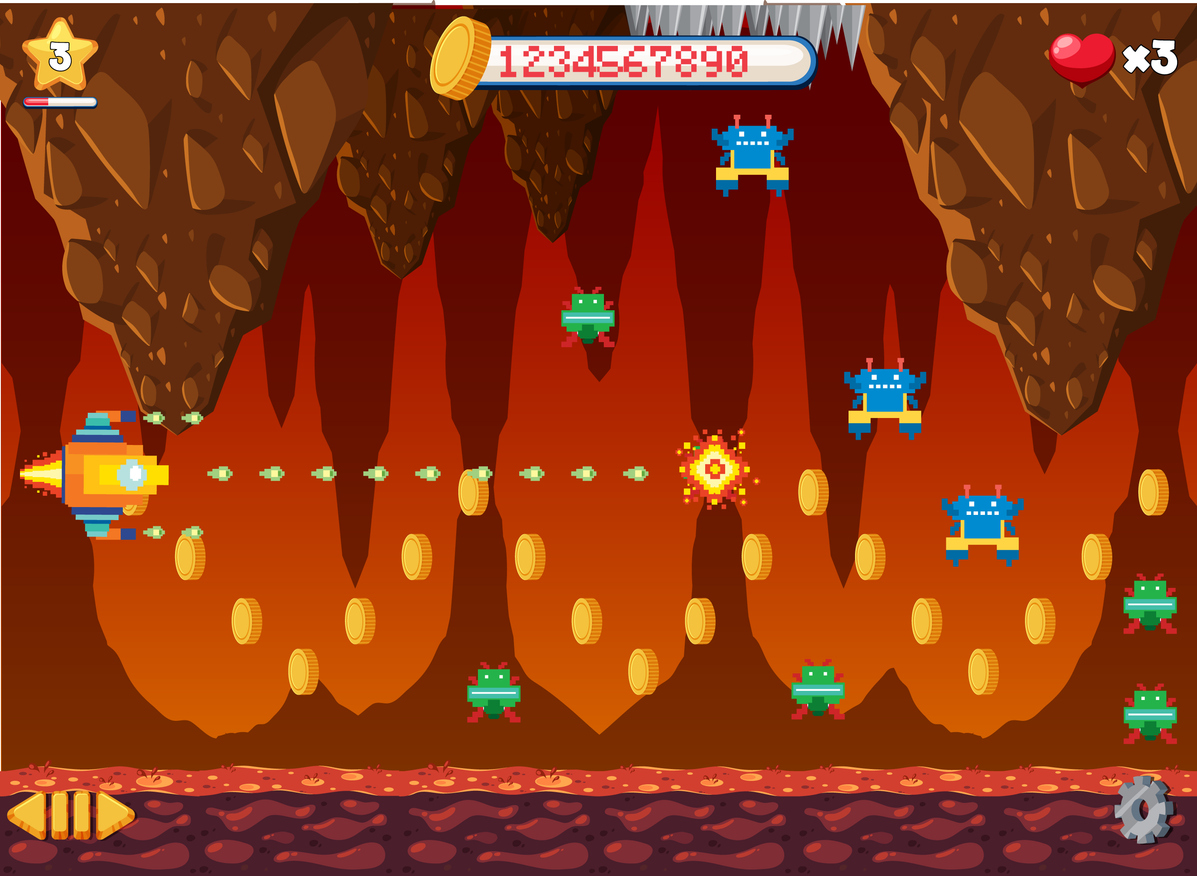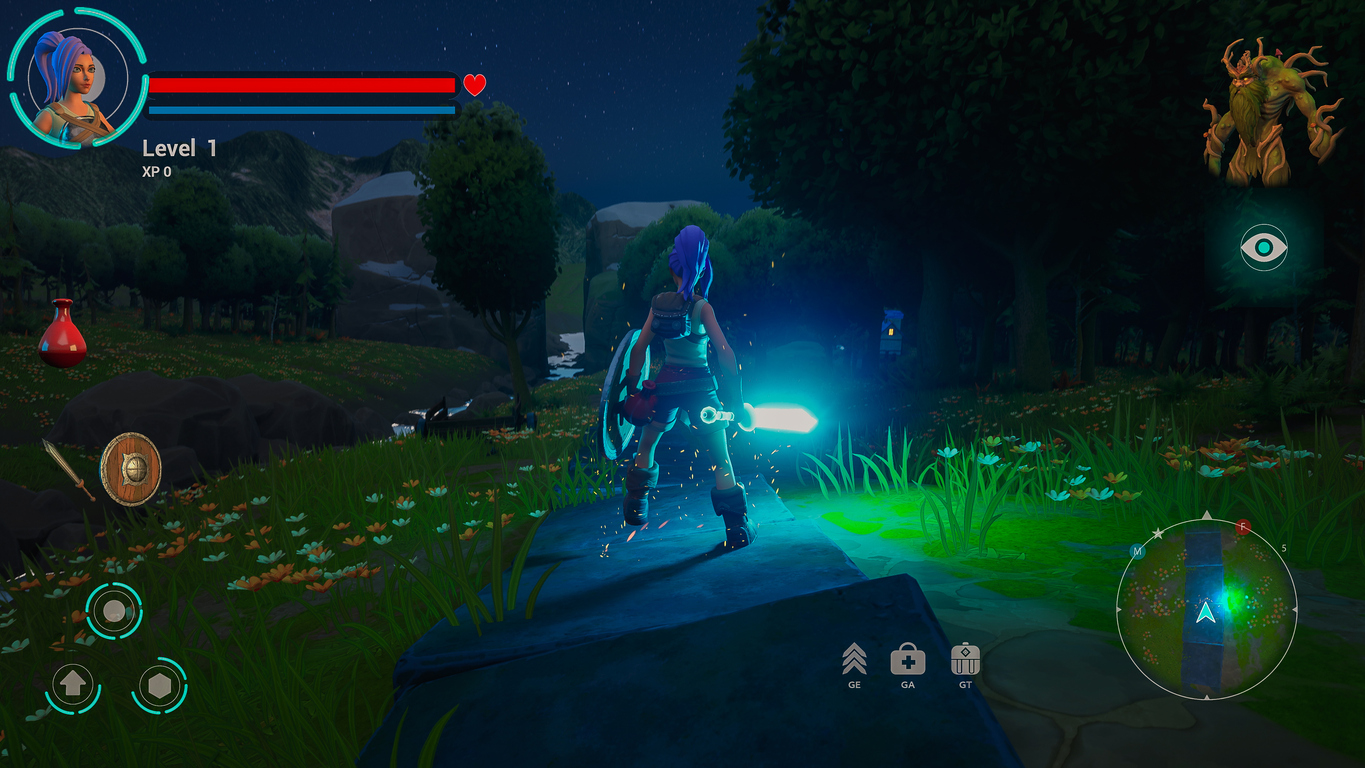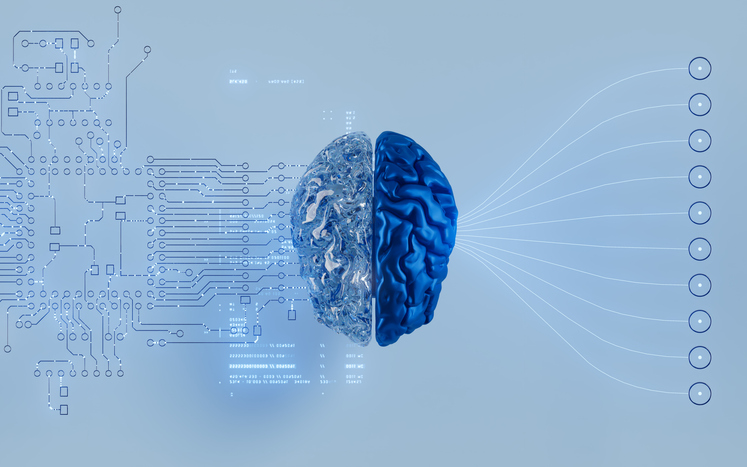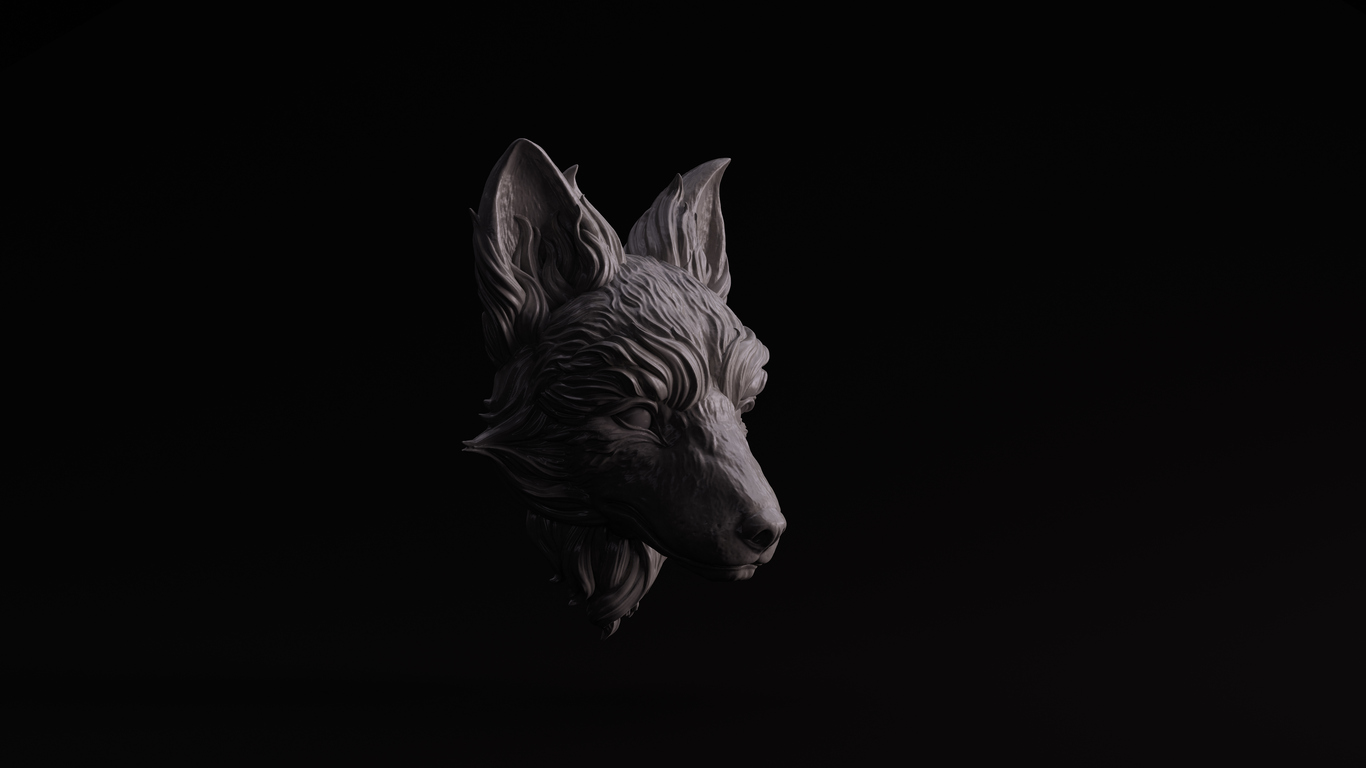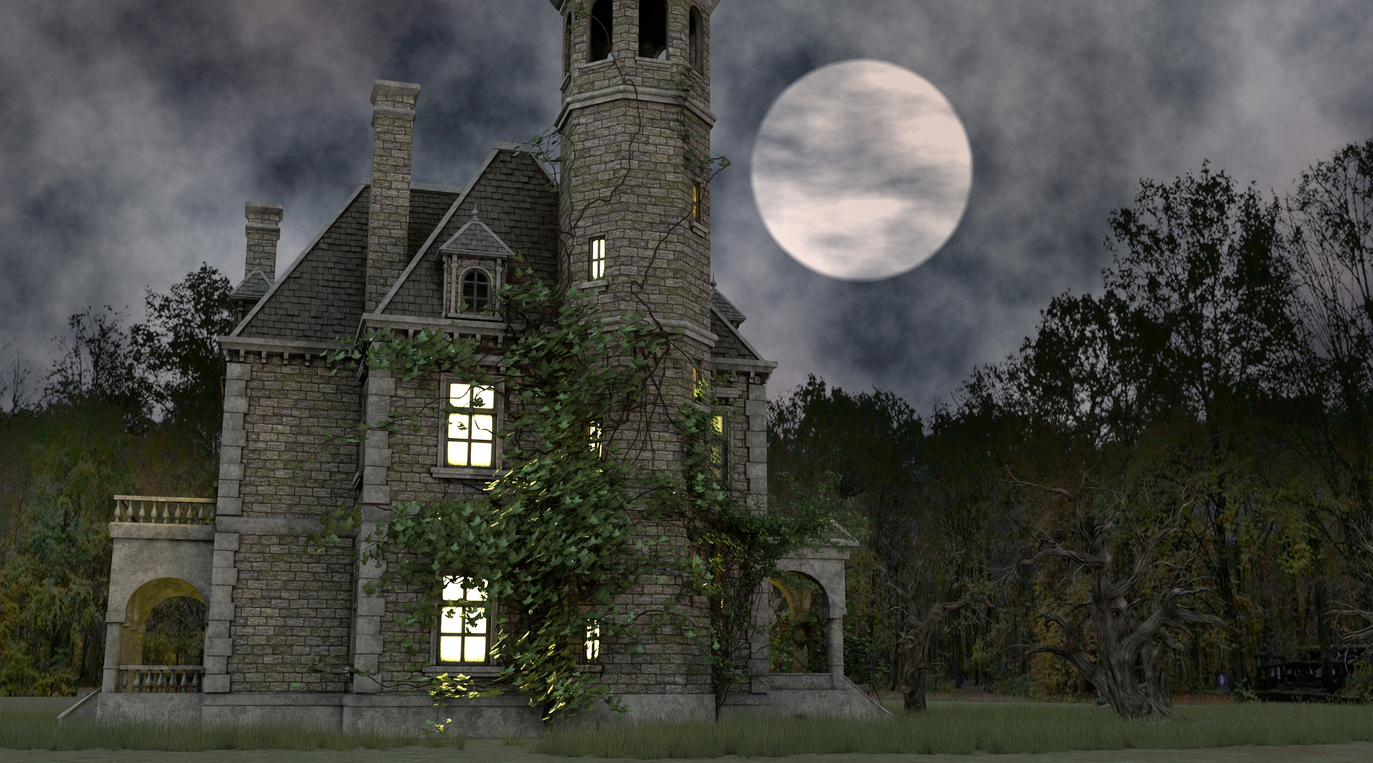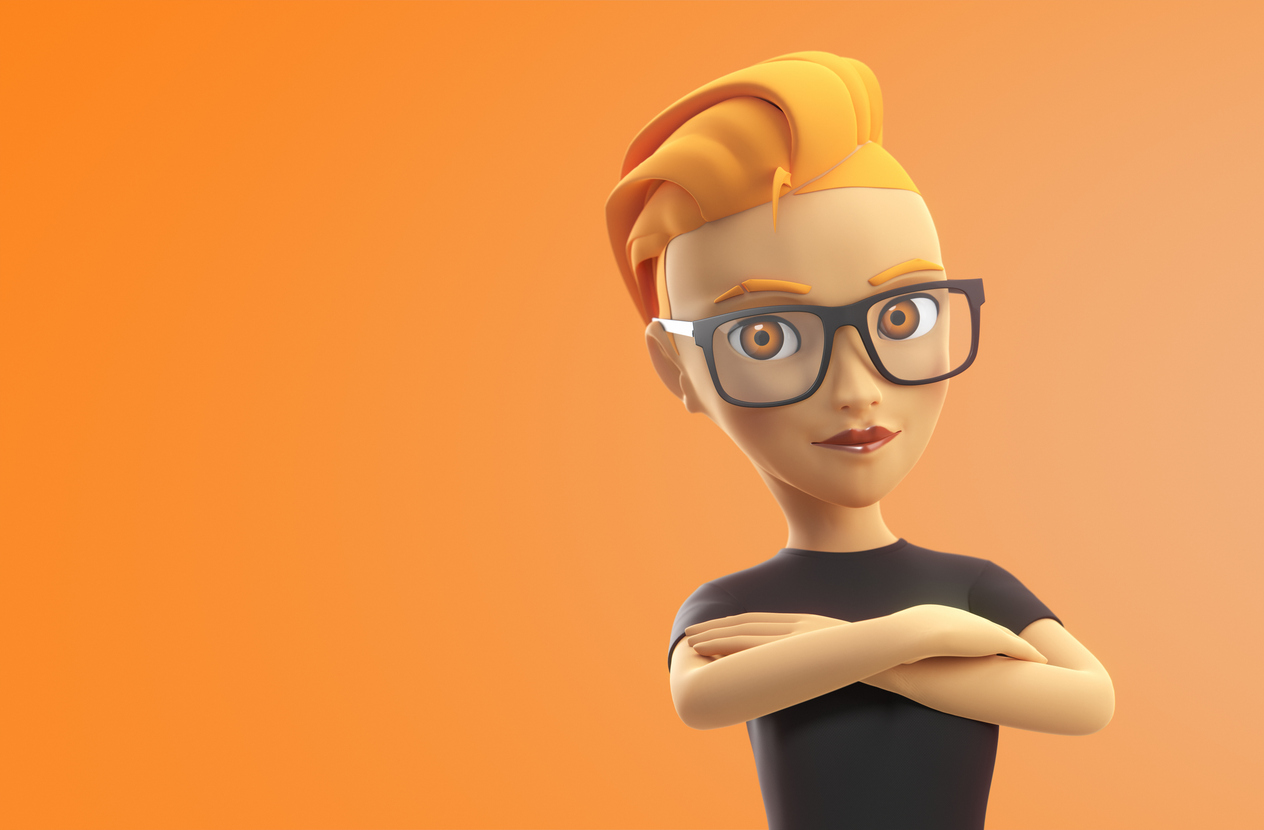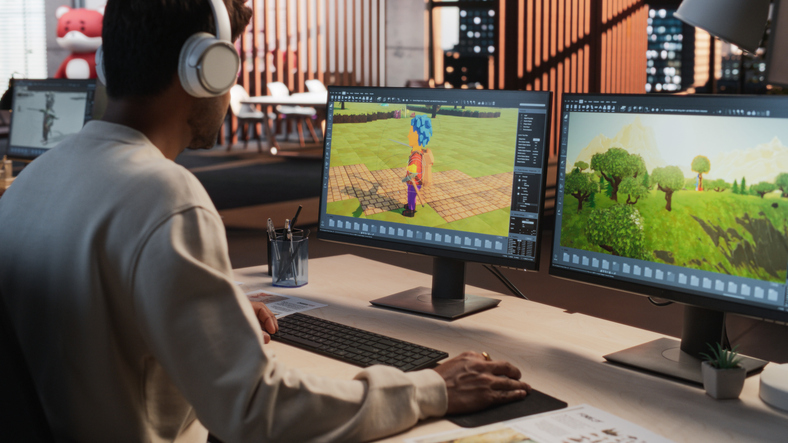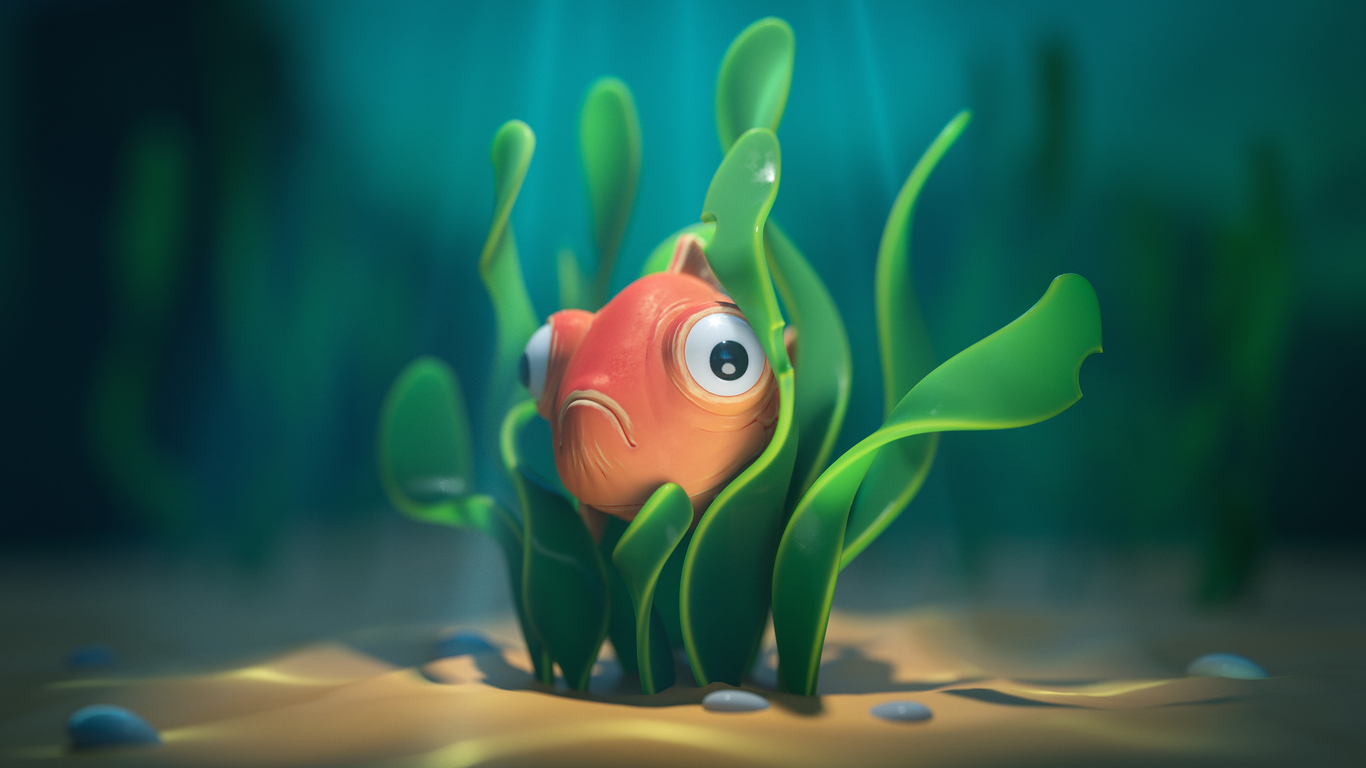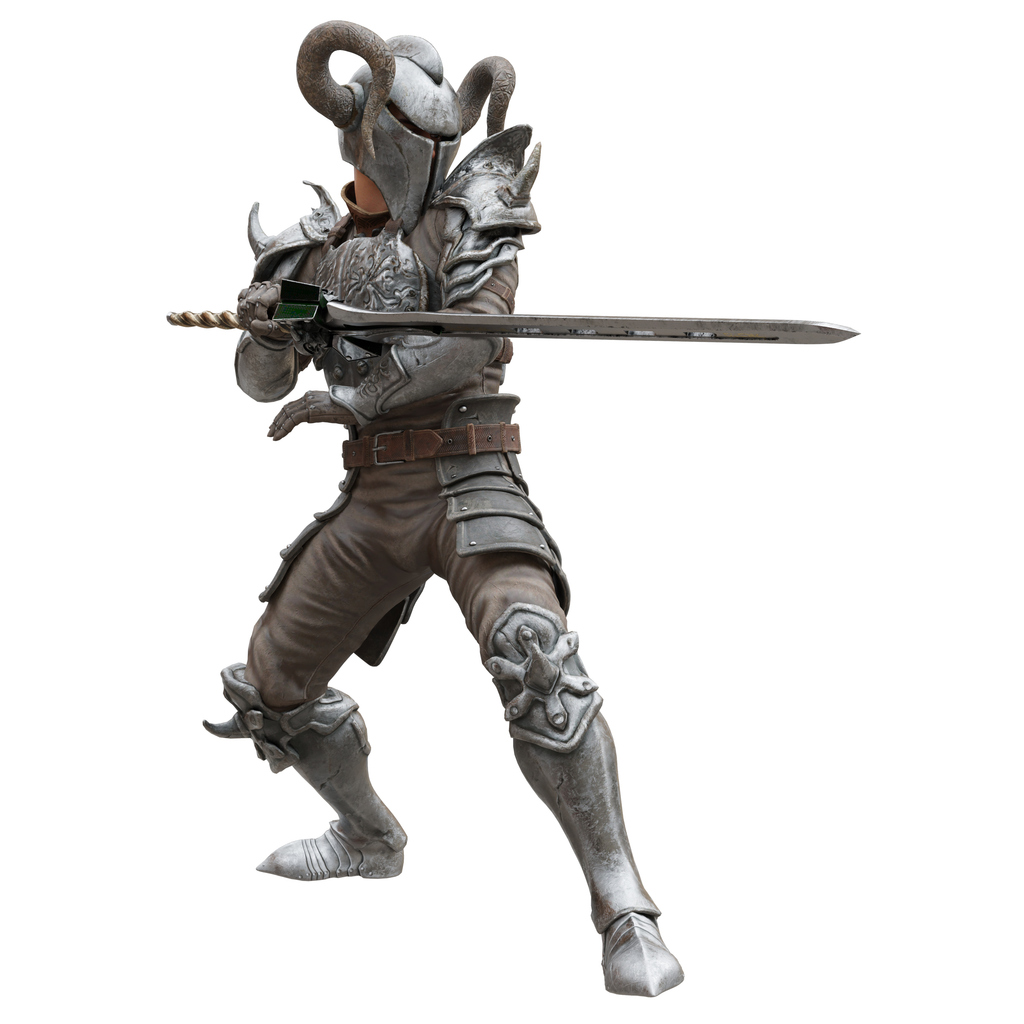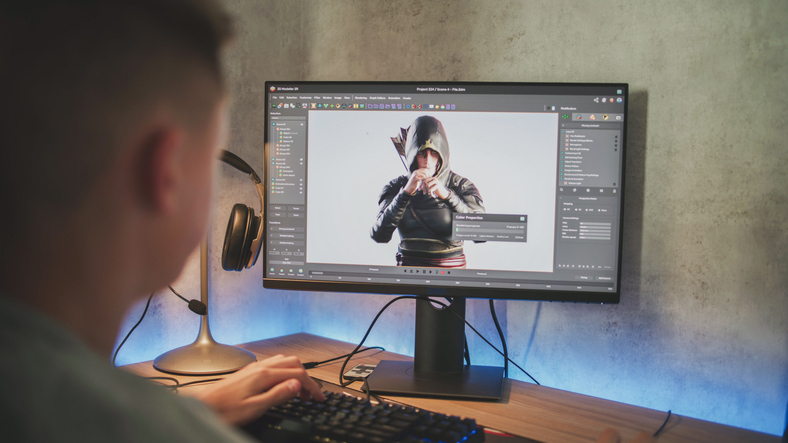The world of video games is a dynamic fusion of imagination, artistry, and technological innovation. As this billion-dollar industry continues to expand globally, many aspiring professionals find themselves drawn to the idea of turning their passion for gaming into a career. Two of the most prominent and interdependent roles in this field are game designers and game developers. But what exactly distinguishes one from the other? In this comprehensive guide, we explore the essential differences, roles, skills, and career paths of a game designer vs. game developer, helping you decide which route aligns best with your strengths and goals.
What is a Game Designer?
A game designer is essentially the creative architect of a video game. These professionals are responsible for the conceptual foundation of the game, including its narrative structure, gameplay mechanics, character arcs, levels, and user interface design. In other words, a game designer imagines and crafts the experiences players will have.
Responsibilities of a Game Designer:
Key Skills Required:
Game designers often specialise in areas such as system design, level design, narrative writing, or UX/UI design. Regardless of their focus, their work centres on crafting engaging, intuitive, and entertaining gameplay experiences.
Bonus Read: How to Become a Game Designer?
What is a Game Developer?
A game developer, on the other hand, is the technical mastermind who brings the designer's vision to life. Using a combination of programming languages and game engines, developers build the actual structure and functionality of the game. They code everything from character movement and physics to artificial intelligence and user input.
Responsibilities of a Game Developer:
Key Skills Required:
Game developers may also specialise in specific areas like gameplay programming, graphics rendering, engine development, or artificial intelligence.
The Key Difference Between Game Designer and Game Developer
While both game designers and game developers are crucial to a game's success, their roles differ significantly in scope, focus, and execution. Here are the primary distinctions:
1. Creative vs. Technical Orientation
Game designers operate primarily in creative space, focusing on storytelling, aesthetics, and user engagement. They build an emotional and visual connection between the player and the game. Developers, meanwhile, work on the technical side, using programming skills to build and maintain the game's architecture, systems, and performance.
2. Tools and Software
Designers frequently use tools such as Adobe Photoshop, Maya, Illustrator, Substance Painter, and wireframing software for creating visuals and planning interfaces. They may also use game engines like Unity or Unreal for prototyping. Developers rely heavily on integrated development environments (IDEs), compilers, debuggers, version control systems (e.g., Git), and game engines to write, test, and optimize code.
3. Deliverables
Designers deliver conceptual assets including storyboards, gameplay flowcharts, level maps, narrative scripts, and interface mockups. Developers deliver functional software elements such as character controllers, physics engines, AI systems, database integration, and platform-specific optimizations.
4. Day-to-Day Activities
A designer may spend their day brainstorming game mechanics, sketching level layouts, refining story arcs, or creating UI wireframes. A developer might spend their day coding new game features, troubleshooting performance issues, integrating animation assets, or writing scripts for in-game events.
5. Educational Background
Game designers typically come from backgrounds in game design, digital arts, animation, storytelling, multimedia, or fine arts. They often study areas such as user experience, interaction design, and narrative theory. Game developers generally have degrees in computer science, software engineering, mathematics, or related technical disciplines.
6. Work Environment and Collaboration
Despite their differences, designers and developers work closely and collaboratively, often on cross-functional teams. Designers establish creative vision and gameplay logic, while developers evaluate technical feasibility and implement these ideas. Ongoing communication and feedback loops are essential for translating design into reality.
7. Role in Pre-Production vs. Production
Designers are heavily involved in the pre-production phase, focusing on conceptualizing and planning. Their work sets the foundation for all future developments. Developers become more actively involved during production and post-production, where the focus shifts to coding, integration, testing, and polishing.
8. Problem-Solving Focus
Designers tackle problems related to player engagement, pacing, balance, and accessibility. They iterate on ideas to improve player experience. Developers solve technical problems such as optimizing frame rates, fixing bugs, ensuring platform compatibility, and maintaining code efficiency.
9. Specialization Opportunities
Game designers can specialize in narrative design, level design, UX/UI design, or gameplay systems. Game developers can specialize in areas such as gameplay programming, graphics programming, AI development, network programming, engine development, or tools engineering.
10. User vs. System Focus
Designers primarily focus on how the player experiences the game: its challenge, progression, and emotional impact. Developers focus on how the system runs the game: logic, responsiveness, efficiency, and stability.
11. Measurable Outputs
Success for designers is measured through player engagement, retention, emotional response, and overall enjoyment. Success for developers is measured through system performance, code quality, bug-free execution, and platform stability.
12. Career Trajectories
A designer may advance into roles such as Lead Designer, Creative Director, or Narrative Director. Developers may move into roles such as Lead Programmer, Technical Director, or Chief Technology Officer (CTO).
Game Designer vs. Game Developer: Which One is Better?
This is a common question but one without a simple answer. The truth is, neither role is inherently better than the other, they simply cater to different strengths and passions.
Choose Game Design if:
Choose Game Development if:
Some professionals even bridge the gap between these roles. Known as "hybrid developers" or indie game creators, they manage both design and development in smaller teams or solo projects. Ultimately, the better role depends on your skills, interests, and long-term career goals. Both paths are highly rewarding and essential to creating compelling video games.
VCAD's Game Development and Design Program
If you're ready to pursue a career in this exciting industry but aren’t sure where to start, VCAD's Game Development and Design program offers the perfect launchpad. Designed to integrate both the creative and technical aspects of game production, this diploma program prepares students to become versatile professionals capable of working in various roles.
Why Choose VCAD?
Tools You’ll Master:
Key Skills You’ll Learn:
Career Opportunities:
Graduates can pursue careers in:
Certified by the Private Training Institutions Regulatory Unit (PTIRU) of British Columbia, VCAD’s program ensures a high standard of education that aligns with industry needs.
Final Thoughts
The gaming industry offers a dynamic and creative space for those with a passion for technology and storytelling. Understanding the key differences between a game designer vs. game developer can help you choose the right career path and begin building the necessary skills. Whether you dream of crafting immersive storylines or coding seamless game mechanics, your journey starts with the right education.
VCAD’s Game Development and Design Diploma equips you with both the technical and creative tools you need to succeed. With industry-standard software, expert mentorship, and a flexible online model, this program is your gateway into the exciting world of game creation.
Whether you see yourself designing the next breakout indie hit or developing the next AAA blockbuster, one thing is certain: the world of video games needs both dreamers and builders.
Are you ready to become one of them? Start your journey with VCAD today.
